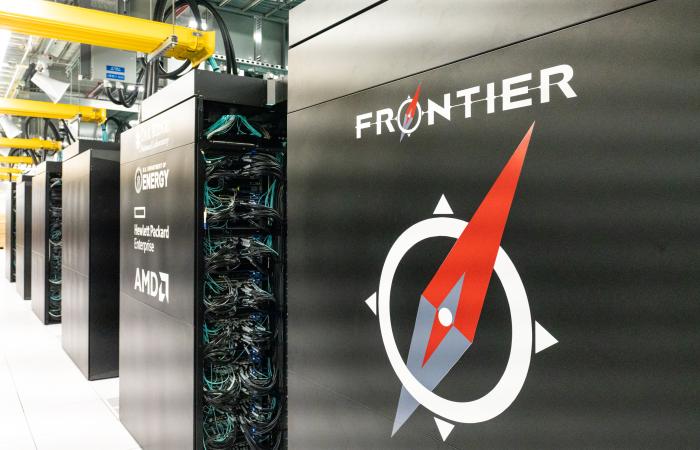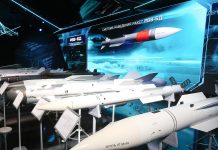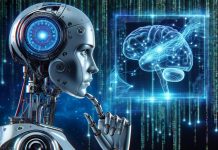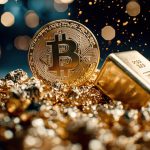Supercomputers Significance In Geopolitics
Supercomputers are defined empirically as the 500 fastest computers in the world, which include quantum and exascale computing. At the century’s start, China had only two supercomputers in this elite group, and neither one was high up in the rankings.
A mere ten years later in 2010, China and the U.S. were just about equal in numbers of supercomputers in the top 500 – and one of China’s ranked number #1 as the very fastest.
It’s important to be aware of the full scope of China’s tech capabilities, which extend well beyond Huawei, the leading global provider of information and communications technology (ICT) infrastructure and smart devices. China has a noteworthy lead in hypersonic missiles, which has made the country virtually immune to military attack. Supercomputers are the pinnacle of information technology and constitute another high-tech arena where China has demonstrated an impressive ability to surpass the United States and then some.

China’s supercomputers were built from off-the-shelf parts including processors made by Intel. After several years of China being in the number #1 spot, the U.S. banned exports of Intel’s fastest chips to China.
That proved a self-defeating strategy: Within a year, China had created a new computer that not only was even faster than its former model but was built with processors designed and made entirely in China.
China still dominates the top-500 list with more than 200 machines – nearly twice as many as the U.S. has. However, for now the U.S. has the two fastest machines. China aims to reclaim the number #1 spot, but this time using chips and components made solely in China.
For the past several years, the world’s power have been locked in a supercomputing arms race, one-upping one another with biggest and faster achievements. According to a new announcement, the world’s fastest supercomputer is coming to the United States in 2021 and will be the first to break the so-called “exascale” barrier. Supercomputers measure their performance in flops, or calculations per second. A computer that has ten flops can make ten calculations in a second, which is pretty abysmal for a modern computer. Your laptop or desktop is likely capable of several teraflops, or trillions of calculations per second. Several other top supercomputers reach a few dozen petaflops as well. But the big target in supercomputer construction right now is building the first exascale computer, capable of a quintillion calculations per second. Such a computer would be a million times faster than a typical desktop and could dramatically advance scientific and artificial intelligence research. –Popular Mechanics excerpt
Quantum Leap To Exascale
The next generation of supercomputers are already making headway. Known as exascale computers, they will be able to perform at least a quintillion calculations per second. As reported by Oak Ridge National Laboratory on May 30, 2022, the U.S. appears to have a jump start on building the first exascale computer:
The Frontier supercomputer at the Department of Energy’s Oak Ridge National Laboratory earned the top ranking today as the world’s fastest on the 59th TOP500 list, with 1.1 exaflops of performance. The system is the first to achieve an unprecedented level of computing performance known as exascale, a threshold of a quintillion calculations per second.
Frontier features a theoretical peak performance of 2 exaflops, or two quintillion calculations per second, making it ten times more powerful than ORNL’s Summit system. The system leverages ORNL’s extensive expertise in accelerated computing and will enable scientists to develop critically needed technologies for the country’s energy, economic and national security, helping researchers address problems of national importance that were impossible to solve just five years ago.

Win-Win or Lose-Lose
China is looking even further ahead as well, to the 2030s, when it expects to have readied a generation of supercomputers 1,000 times faster than exascale machines and, again, made entirely from Chinese parts.
In other words, China has shown it can more than hold its own in any technology race with the United States. However, I think that for China, the purely competitive aspect is of secondary importance, tangential to its real concerns. That’s because I don’t see China as viewing the world today as simply a new iteration of the 1950s and 1960s, in which two big powers vie for dominance. Or to put it differently, it doesn’t see things as a zero-sum game.
Rather, I believe that China appreciates that today’s true Sputnik challenge isn’t a matter of one country beating another. Instead, it’s the urgent need to beat the existential challenges posed to every country by imminent resource scarcities- not to mention the pressures they inflict on the world if not addressed in time. Cooperation amongst countries, not conflict, ensures that all of humanity benefits from quantum advancements in technology. If it’s not win-win, it will be lose-lose, with everyone suffering.
That perspective likely helps explain why China reacted less strongly than it could have to U.S. technology bans. China could have retaliated, for example, by embargoing rare earths, which would have disrupted the manufacturing of virtually all United States sophisticated technologies. Or it could have crippled (if not destroyed) U.S. companies like Qualcomm, for which China is by far the most important market.
Had China raised the stakes in such a manner, geopolitical disputes now being fought along economic lines risked escalating into a much more dangerous military clash. And while China may feel confident it could defend itself, it may have calculated that there was nothing to gain by closing the door to potential U.S.-China cooperation on a range of mutually important issues.
Curious to learn more about China’s Rise? Check out Dr. Leeb’s latest book, ‘China’s Rise And The New Age of Gold’ which can be found on Amazon, Kindle, and Audible! Click Below for a FREE Preview.















